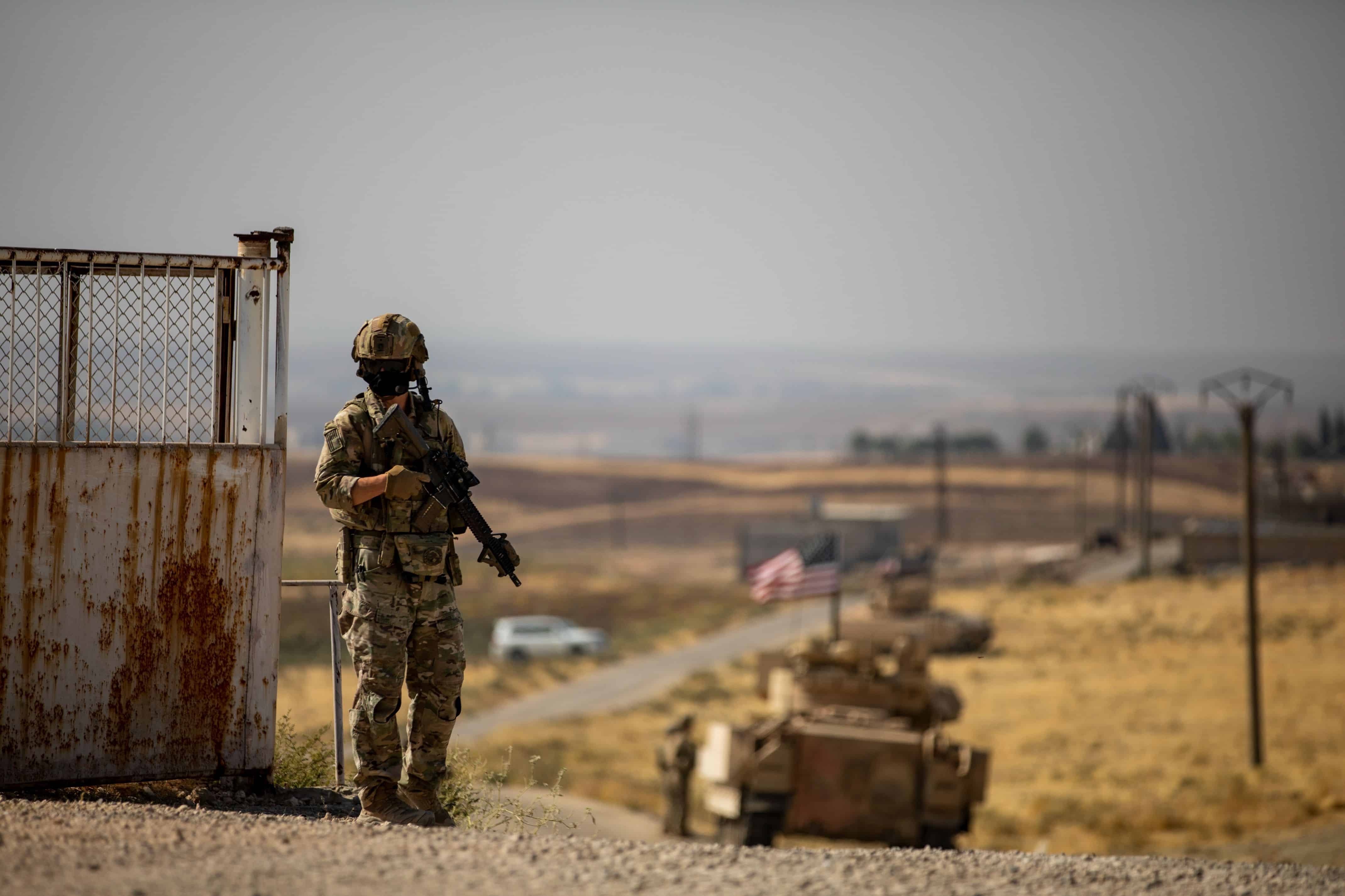The factors that influenced the change in the US Army’s counterinsurgency doctrine between 2000 and 2008. Three main enablers were the common understanding of the need for change, consensus on the necessary organizational actions, and external pressure to overcome the Army’s inherent inflexibility. The article uses organizational learning theory, particularly Richard Downie’s model, to track and understand these changes.
Key Points:
- The US Army’s counterinsurgency doctrine underwent significant innovation between 2000 and 2008 due to three primary reasons: mutual understanding of change necessity, organizational action consensus, and external pressures.
- Organizational learning theory, especially Richard Downie’s model, is used as a framework to understand and trace the changes in the doctrine.
- The timeframe 2000-2008 is significant as it covers the Global War on Terror to the implementation of the new counterinsurgency doctrine in Iraq, primarily concerning the US Army.
- Multiple theories exist on military innovation with no settled consensus. However, all emphasize the inherent inflexibility of military organizations to change.
- After the Vietnam War, the US Army’s focus shifted from counterinsurgency to conventional warfare. Despite various stabilization operations post-Cold War, the approach remained largely advisory, limiting engagement with counterinsurgency theories.
Source: https://wavellroom.com/2023/10/27/us-army-counterinsurgency-doctrine/






